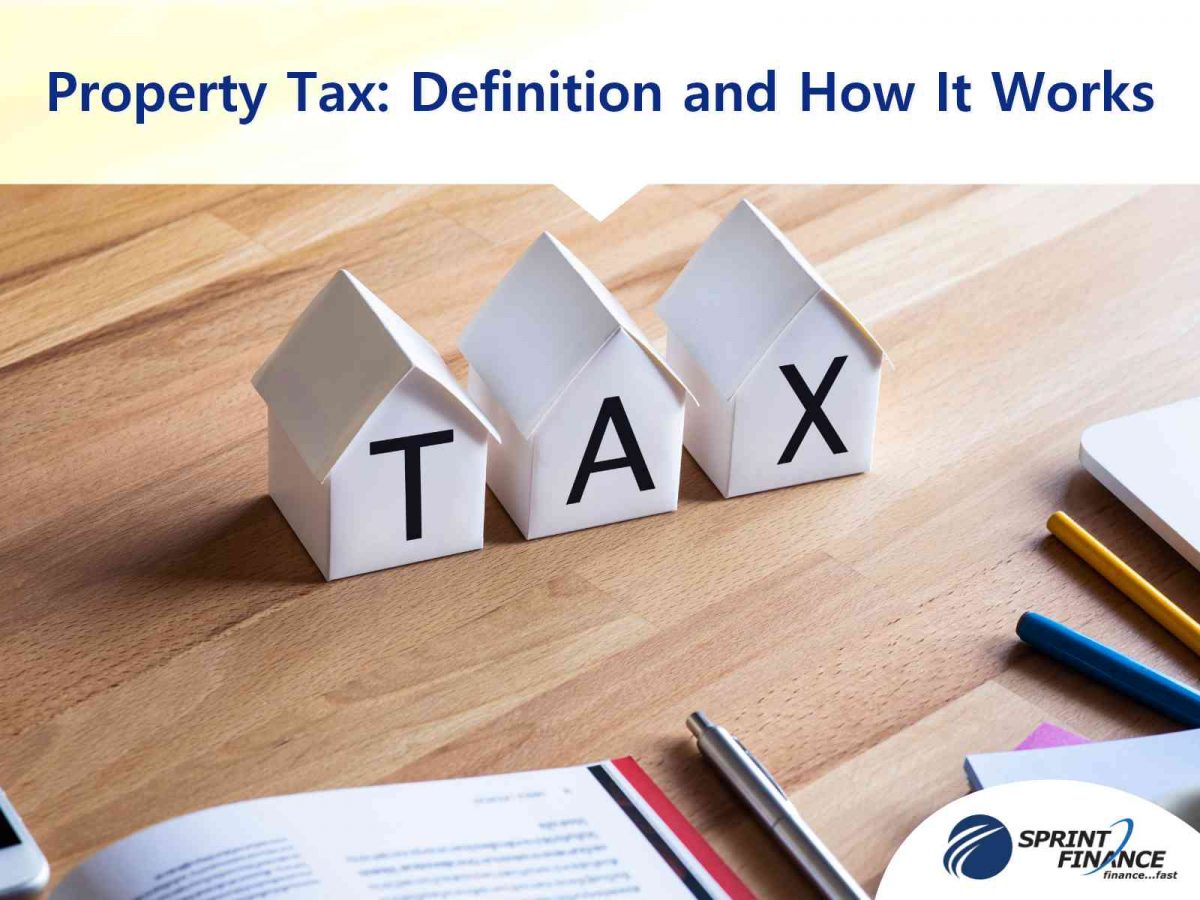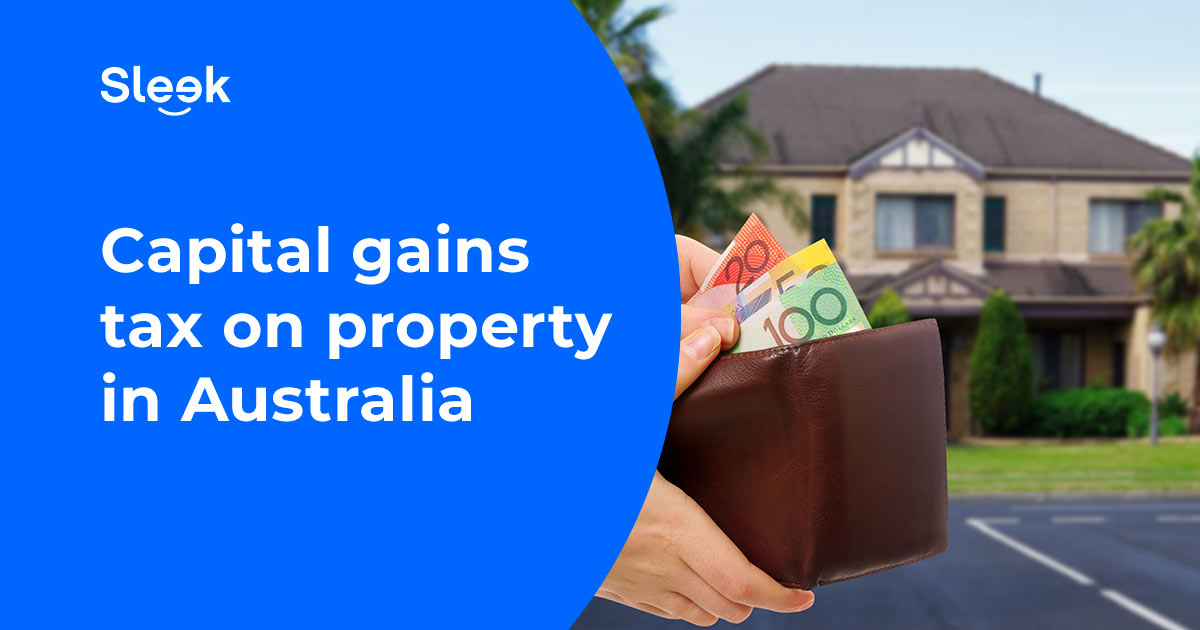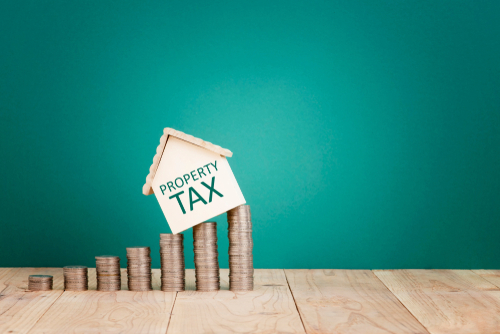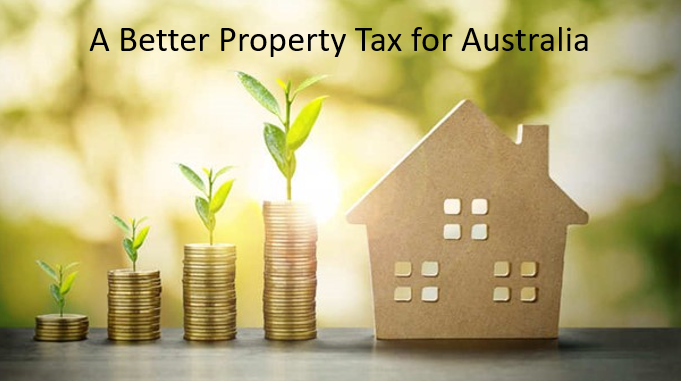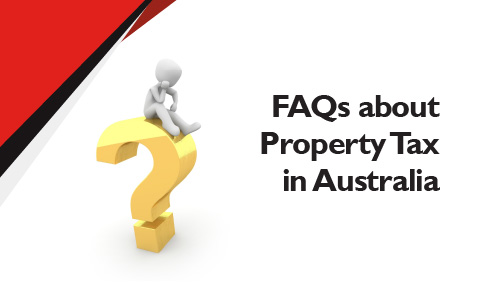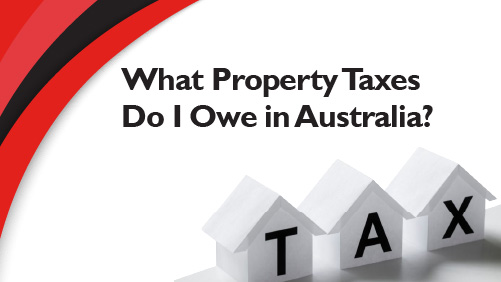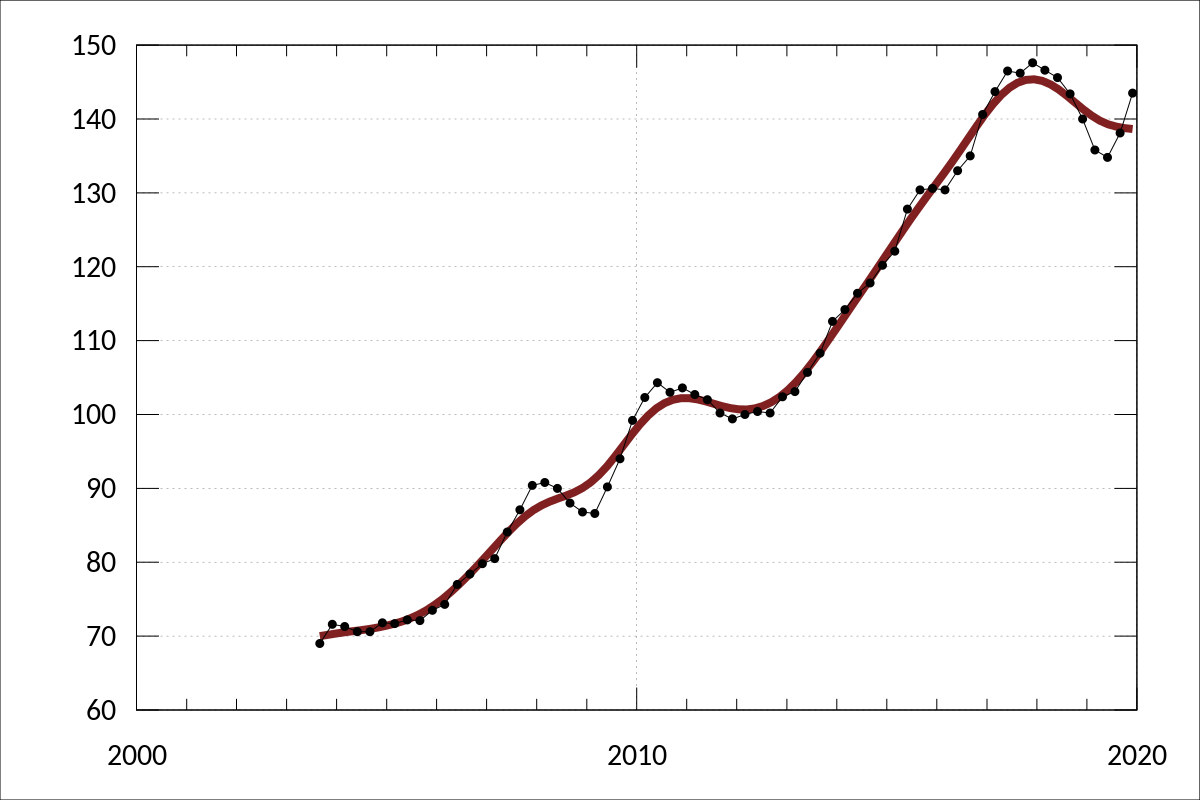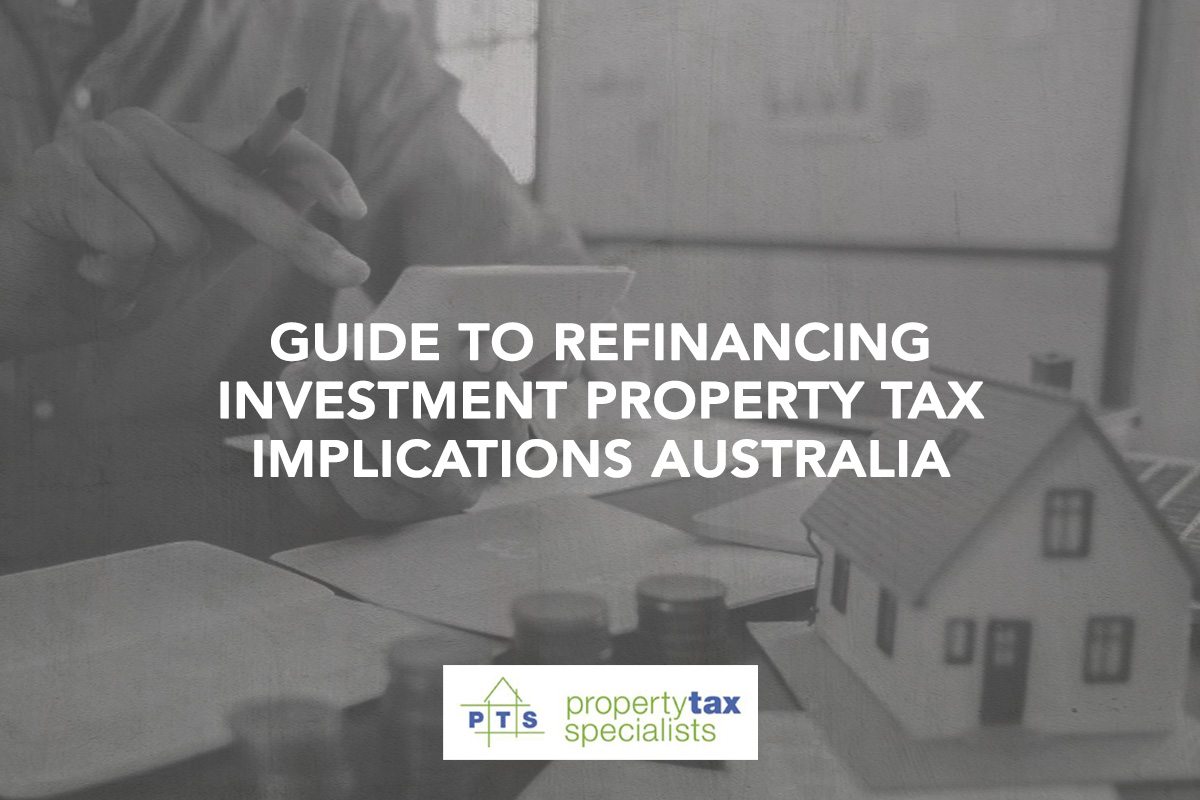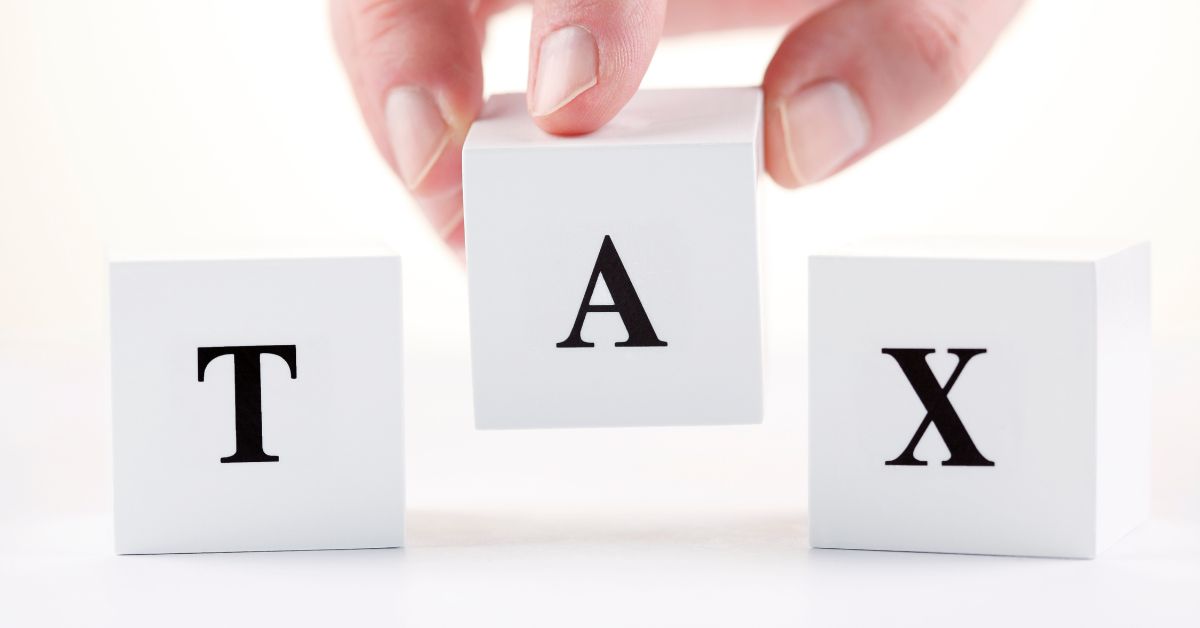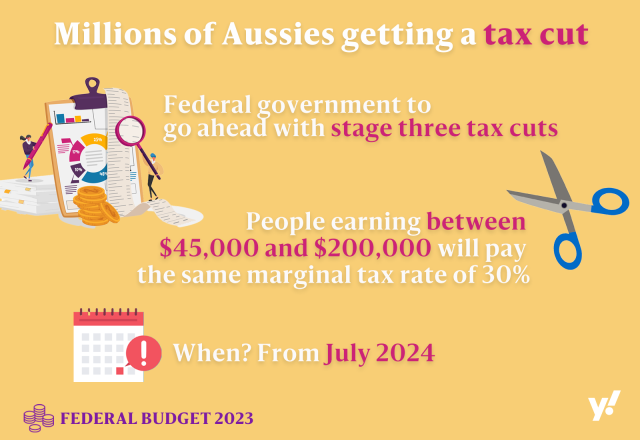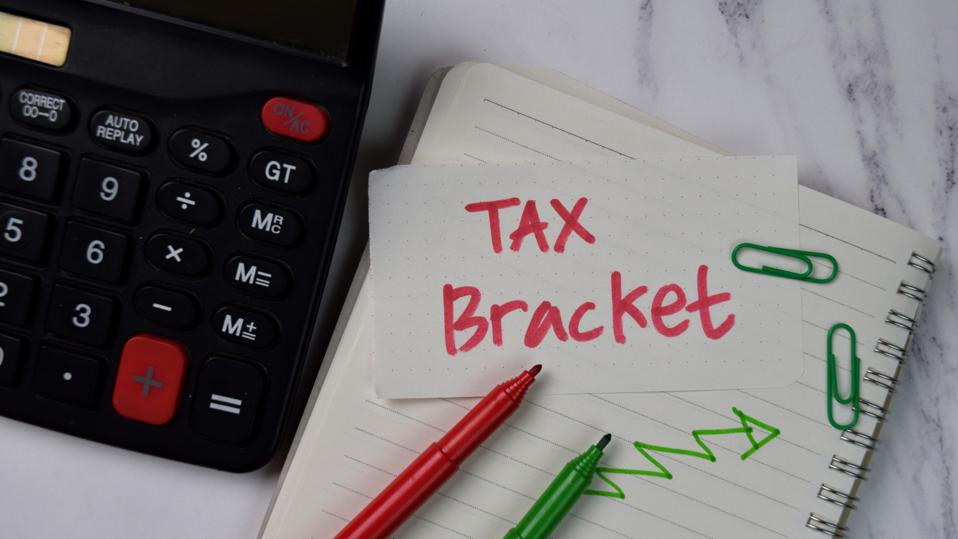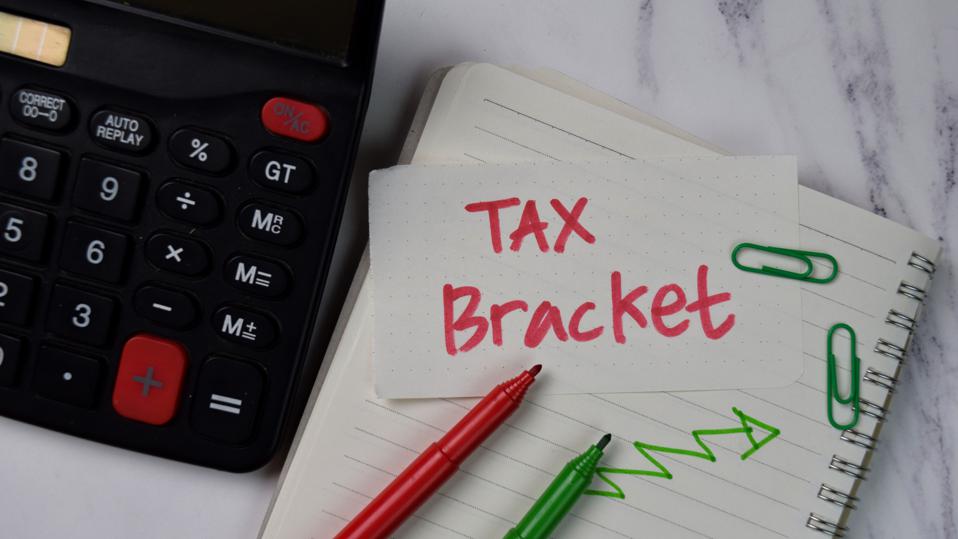The Quest for Affordable Housing: Which Australian State Has the Lowest Stamp Duty?
Stamp duty is a significant factor to consider when purchasing property in Australia. It’s a state-imposed tax that homebuyers are required to pay upon the transfer of property ownership. With real estate prices on the rise, many prospective homeowners are on the lookout for ways to minimize this cost. In this article, we explore which Australian state offers the lowest stamp duty rates and what potential buyers need to know.
The State-by-State Breakdown
Stamp duty rates vary across the different states and territories of Australia. Let’s take a closer look at the stamp duty situations in each region:
New South Wales (NSW)
Historically, NSW has had some of the highest stamp duty rates in the country. However, in recent years, the state government has introduced reforms to provide relief for homebuyers. For instance, first-time buyers purchasing new homes are eligible for significant concessions, and there are thresholds beneath which no stamp duty is payable.

Which Australian state has lowest stamp duty?
Victoria
Victoria has also taken steps to make housing more accessible. First-time buyers may be eligible for stamp duty exemptions or concessions on properties below a certain value. These measures aim to assist individuals in getting a foot on the property ladder.
Queensland
Queensland offers a more affordable stamp duty structure compared to some other states. The government has implemented concessions to support first-time buyers, as well as incentives for buyers in regional areas. These measures reflect Queensland’s commitment to making property ownership achievable for more people.
Western Australia (WA)
Western Australia has undergone changes to its stamp duty system over the years. The state now offers a sliding scale of rates based on property value, with concessions available for first-time buyers. WA’s approach aims to strike a balance between revenue generation and housing affordability.
South Australia (SA)
South Australia has also been working to make property purchases more manageable for residents. While stamp duty rates exist, there are concessions for eligible buyers. Additionally, the state has explored options to reduce the burden of this tax on those entering the property market.
Tasmania
Tasmania has gained attention for having relatively lower property prices compared to some mainland states. This, coupled with the state’s stamp duty concessions, can make property purchases more achievable for both first-time buyers and existing homeowners.
Australian Capital Territory (ACT)
The ACT has been lauded for its innovative approach to stamp duty. In its pursuit of fairer taxation, the territory government has begun phasing out stamp duty altogether and replacing it with a broader land tax. This move aims to create a more equitable and sustainable revenue system.
Northern Territory (NT)
The Northern Territory is another region where stamp duty rates are relatively lower. The government has implemented concessions for first-home buyers, and the territory’s property market presents opportunities for those seeking affordable housing options.

Factors to Consider
When assessing which Australian state has the lowest stamp duty, it’s essential to consider various factors beyond just the tax rate:
Property Prices
The cost of properties in each state significantly affects the overall amount of stamp duty payable. A state with lower property prices might still have relatively high stamp duty rates, so it’s crucial to analyze the combined impact. https://cbdtax.com.au/tax-advice/
Concessions and Exemptions
Many states offer concessions and exemptions to certain categories of buyers, such as first-time buyers or those purchasing properties below a certain value. These can significantly reduce the effective stamp duty rate for eligible buyers.
Market Trends
The property market’s condition and trends in each state can impact the overall affordability of housing. Rapidly rising property prices might offset any potential savings from lower stamp duty rates.
Long-Term Financial Goals
Buyers should also consider their long-term financial goals when deciding where to purchase property. Factors like employment opportunities, quality of life, and potential for property value appreciation should all play a role in the decision-making process.
The Verdict
While various states in Australia have taken steps to lower stamp duty and make housing more affordable, it’s challenging to definitively pinpoint the single state with the lowest rates. The effectiveness of these measures depends on individual circumstances and the broader economic landscape.
Ultimately, the quest for the lowest stamp duty should be part of a more comprehensive strategy to achieve homeownership while considering financial stability and lifestyle goals.
As the real estate market continues to evolve and governments refine their policies, potential homebuyers are advised to stay informed about the latest developments in stamp duty rates and property purchasing incentives across all Australian states and territories.
Conclusion
Stamp duty is a critical consideration for anyone looking to buy property in Australia. While various states have made efforts to reduce the burden of this tax, the decision on where to purchase should encompass a range of factors, including property prices, concessions, market trends, and long-term financial goals. Aspiring homeowners should research thoroughly and seek professional advice to make informed decisions that align with their unique circumstances.





